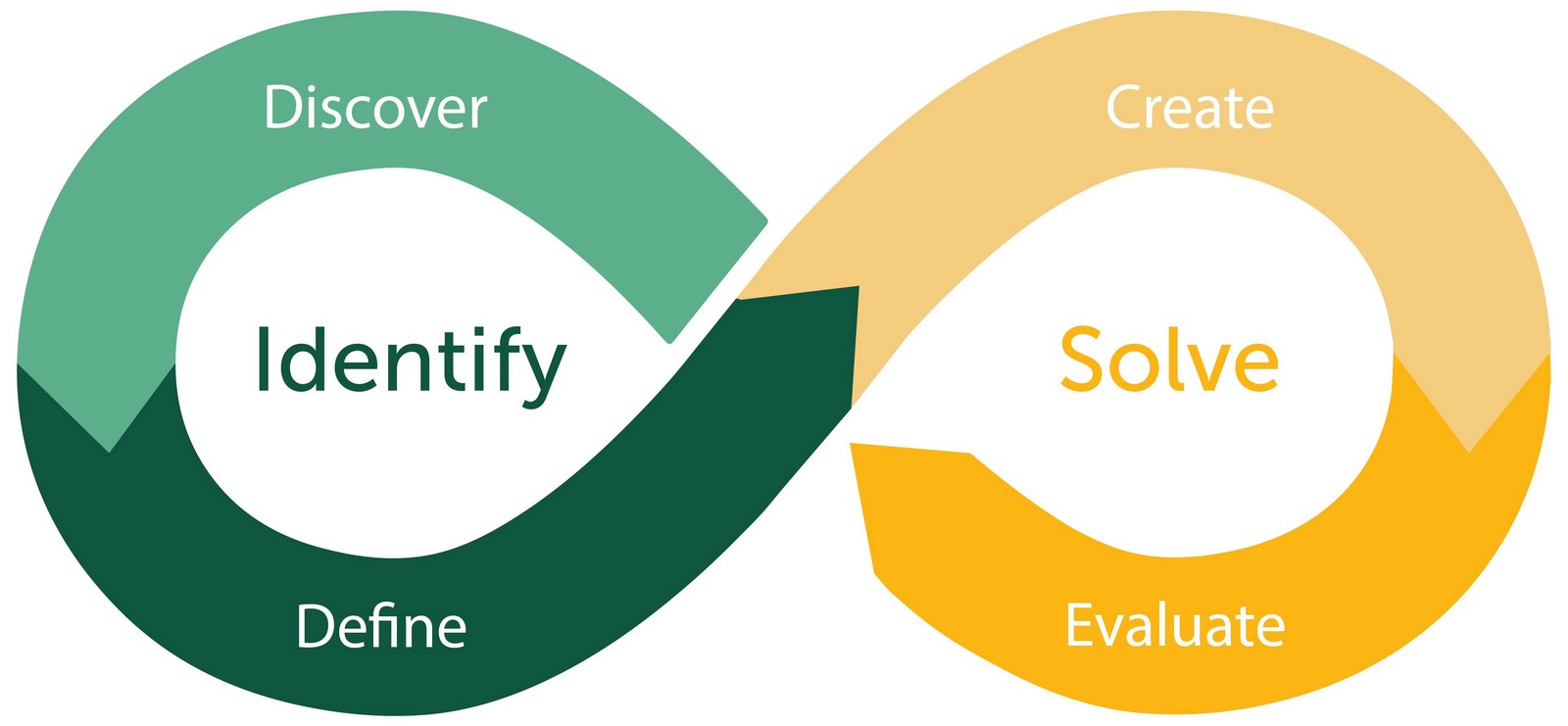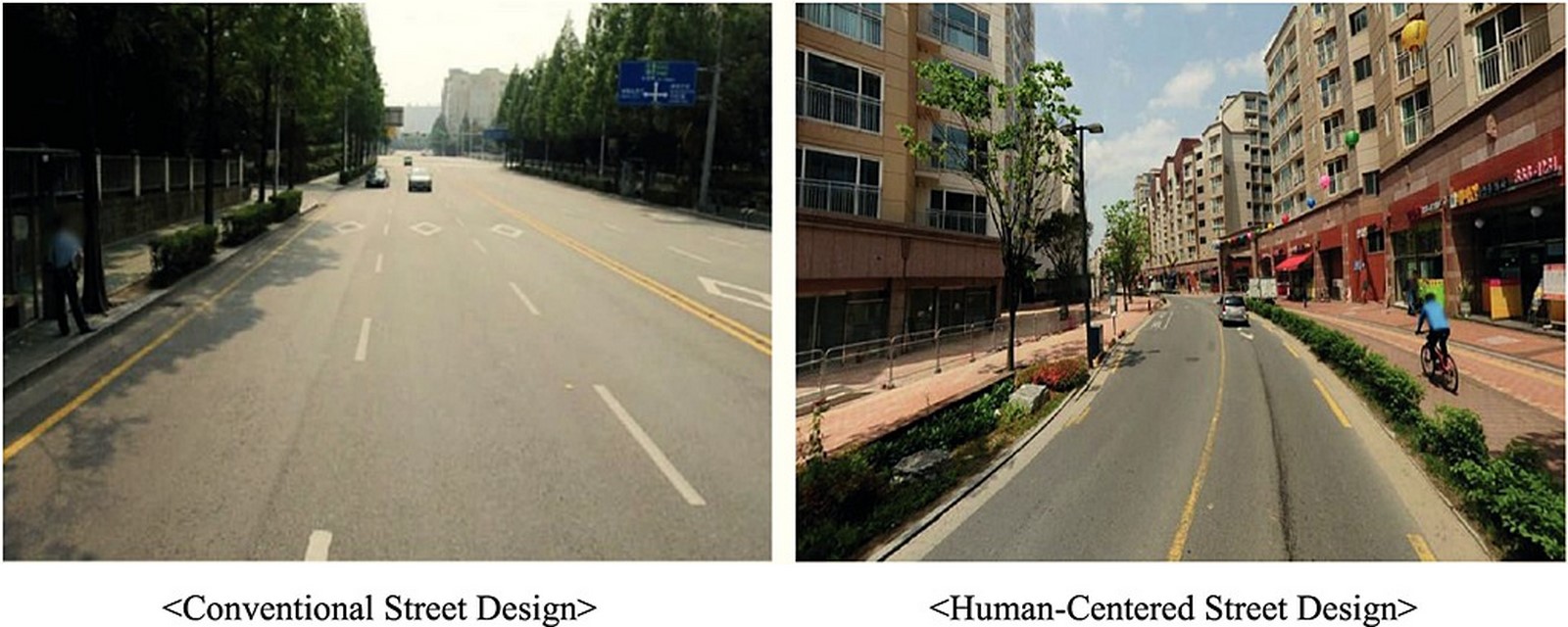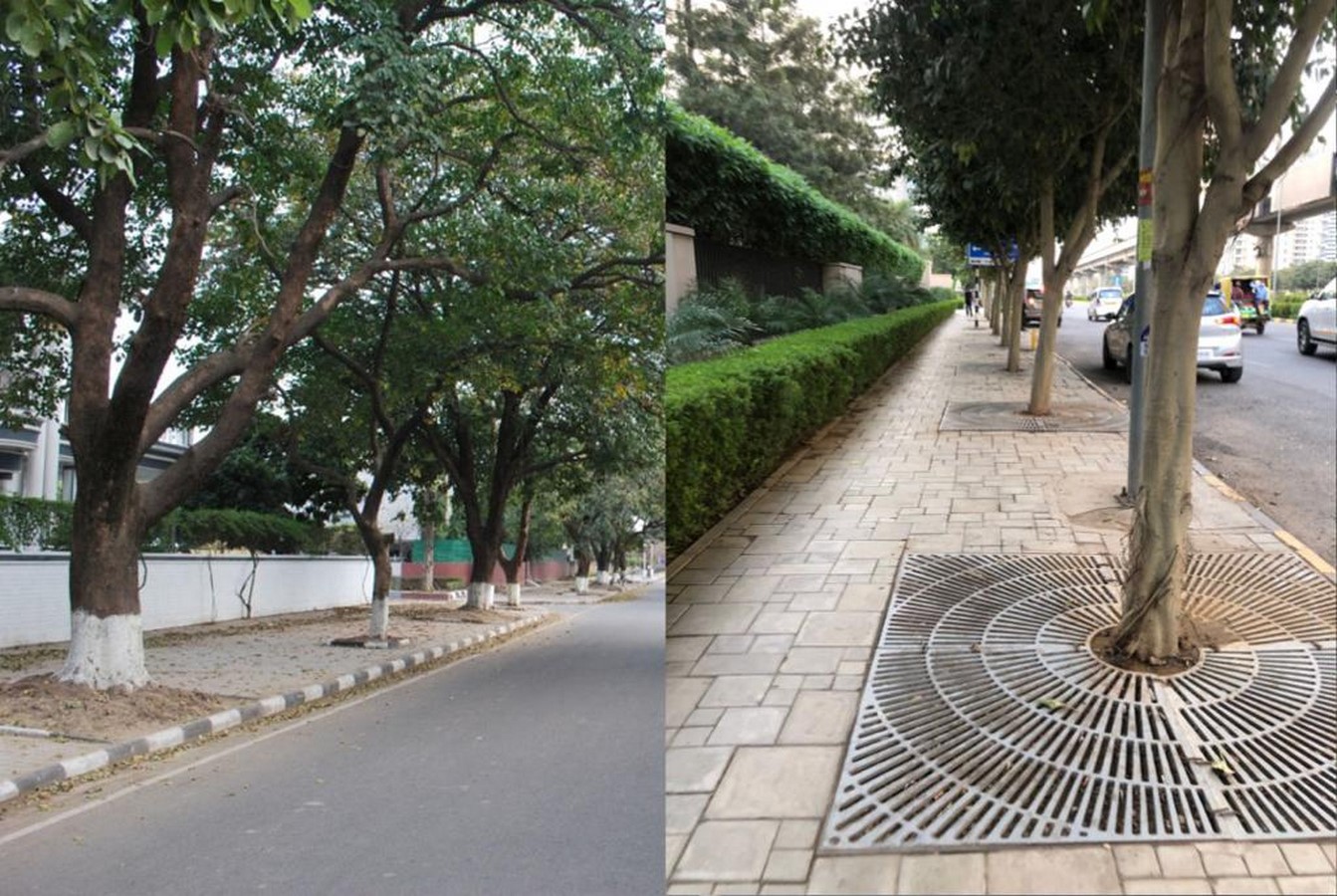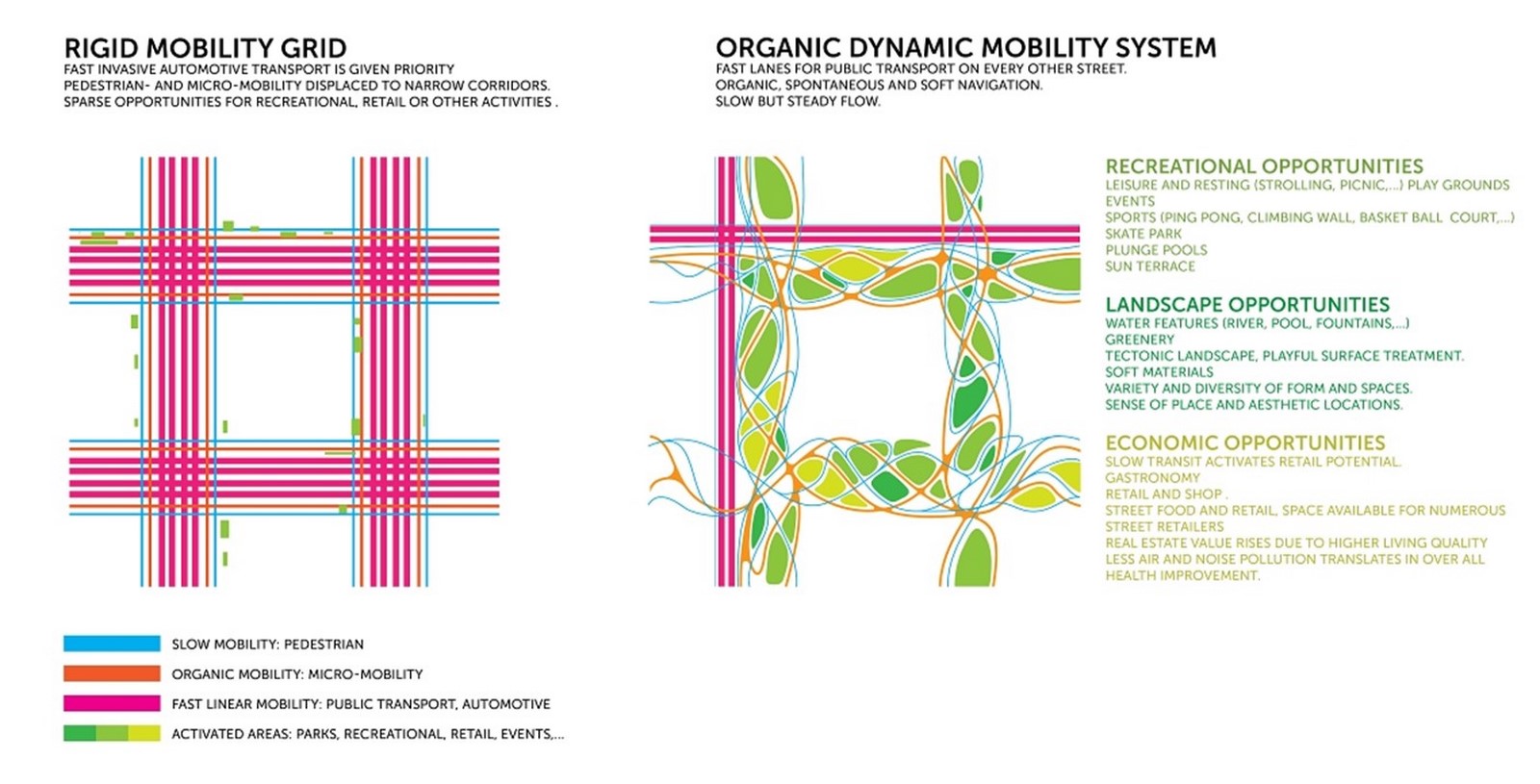In the life of an architect or a student, the most important thing happens to be designed. Even during the five years of college, architectural design is one subject that requires the students to think, both inside and outside the box—considering the user, context, climate, and proposing a design that sets the project apart from the ones done before. This proposed design idea that sets the project apart results from design thinking. While we all have different perspectives in life, everyone’s design thinking varies. If defined, ‘Design Thinking is an iterative process in which we seek to understand the user, challenge assumptions, and redefine problems in an attempt to identify alternative strategies and solutions that might not be instantly apparent with our initial level of understanding’ (Siang, 2021).
It is the ability to identify the problems in advance and propose solutions to those. It revolves significantly around the people whom the designer is designing for; it could not be for himself. It requires one to observe, identify the requirements, question the design, redesign, question the implications, and come up with what’s best for the user. Here the user, context, and climate become the god; the designer has to design for the client, taking into consideration the context and the climate.
Process of Design Thinking
Each individual might have a different process for solving problems. One of the very common and widely used processes for design thinking is to identify the issues by first discovering them and then defining them based on the user’s needs and problems. The next step is to solve these problems by creating ideas for innovative solutions and evaluating if the solutions work. This is a to and fro process and has to be done until the best solution is achieved.

Design thinking has led to changes around the world, some small, some big. A few ideas that have led the continents to change are
Design vs User Experience | Design Thinking
I am pretty sure everyone has at some point come across this particular meme as this has spread more awareness of the fact that a designer has to take into attention the user experience and design than any seminar would. It is an architect’s responsibility to design, keeping the user in mind. Take into attention the movement, walking habits, flow, patterns, and then come up with an idea to make it work.
A lot of people might even agree with having the diagonal path, even if it does not go with the design. Here the designer could have proposed greens, which would have prevented the people using the track to cross over the shrubs; after all, what’s bad in walking an extra mile.

Conventional vs Human-centered Street
Famously known as the multi-modal transit system, it takes into consideration all the modes of commuting, walking, cycling, public transport, and cars. The introduction of this system to the industry of design has made the roads for the users safer and more usable. While the cities are being re-developed, evolved, and made better for their public, having a multi-modal system has proven to be a lifesaver and a time saver.

Car-free Streets | Design Thinking
With the changing time, cars had become the primary mode of transport, and all designs started revolving around that. With the recent realization that it’s easier for the person in a car to take an extra mile than the one walking, designers have started to design for pedestrians. Having streets and plazas designed keeping the people walking in mind has made the streets more full of life and vibrant with the ideas like the eye on street and place-making taking the front row in the present-day, having streets like this play as a contributor to the concepts.

Trees on Footpaths
It might appear as a tiny thing, but for the person walking on the footpath with the spills of mud- wet and dry, it becomes very difficult to walk. While the design is shifting towards designing for people than for vehicles, creating walkable footpaths should be the first. As we have all walked on these at some point in our lives, having trees might not feel like an obstruction but the area dedicated to mud might. This thought of having a metallic mesh over the open soil is quite impressive. This involved thinking for the users; it still solves the purpose of having a tree but has very cleverly removed the mud as an obstruction.

Rigid vs Organic Mobility | Design Thinking
A human does not walk in straight lines. These active streets have been designed with the intention of interaction, not just with humans but greens. The dynamic flow of paths dedicated to the bikes, scooters, and pedestrians makes the design interesting, whereas the lanes for the cars still remain rigid. They were having these spaces create recreational, landscape, and economic opportunities. The spaces that are created in between have communicative seating areas, areas to relax, play and work, kiosks, stages, and gardens. The future cities will be live, interactive, and colourful, for the people and not the vehicles.

References:
- Siang, b. R. F. D. a. T. Y., 2021. What is Design Thinking and Why Is It So Popular?. [Online]
Available at: https://www.interaction-design.org/literature/article/what-is-design-thinking-and-why-is-it-so-popular
[Accessed 03 2022].

















